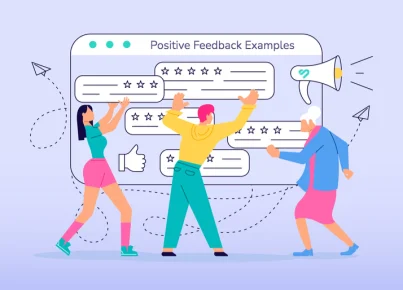Introduction:
Teachers face many challenges in the classroom, and managing student behavior is a crucial aspect of maintaining a positive learning environment. Often, we find ourselves asking, “Why did you do that?” when students act out. This question stems from frustration and confusion over their actions. However, this is not always the most productive approach. Instead, let’s explore an alternative question that can foster understanding and improve communication with our students.
A New Approach:
When students misbehave or act out, it’s instinctive to assume they are making a conscious choice to cause disruption. Instead of focusing on what the student did wrong by asking “Why did you do that?”, change the question to open up more effective communication: “What happened?”
As simple as it seems, this question promotes empathy and understanding between the teacher and their student. By asking “What happened?” we show that we are genuinely curious about what led to their behavior and want to work together to resolve it.
Benefits of Reframing the Question:
1. Encourages Communication: By showing genuine curiosity in the situation leading up to their actions, students are more likely to open up and talk about what caused their behavior. This increased communication allows for problem-solving together and may identify underlying issues in the classroom or at home.
2. Promotes Empathy: Asking what happened demonstrates that the teacher is trying to understand from their perspective rather than perpetuating assumptions about why they acted out. This level of empathetic engagement can make students feel safe and respected in expressing their feelings.
3. Identifying Triggers: By discussing what occurred before their actions, teachers can identify potential triggers for misbehavior – such as bullying, learning difficulties, or outside stressors – that may have been overlooked.
4. Prevents Defensive Reactions: When we ask “Why did you do that?”, it places students on the defensive, increasing their stress level. The question “What happened?” creates a more neutral and collaborative atmosphere, fostering a positive dialogue and a willingness to engage in problem-solving.
Implementing the Shift:
Incorporating the question “What happened?” into your teaching practice isn’t difficult. The next time you encounter a student’s behavioral issue, try using this alternative approach:
1. Pause and remain calm: Take a moment to center yourself before addressing the situation.
2. Ask the question: Approach your student with curiosity by simply asking, “What happened?”
3. Actively listen: Give your student space to share their perspective or feelings without judgment.
4. Reflect and respond: Consider their response and, if possible, work together to find a solution.
Conclusion:
Shifting our perspective from asking “Why did you do that?” toward “What happened?” can have a profound impact on how we manage student behavior. Asking the right questions can make all the difference in fostering productive communication, empathy, and understanding in our classrooms. By doing so, we create an inclusive and supportive learning environment that helps our students grow, both academically and emotionally.




